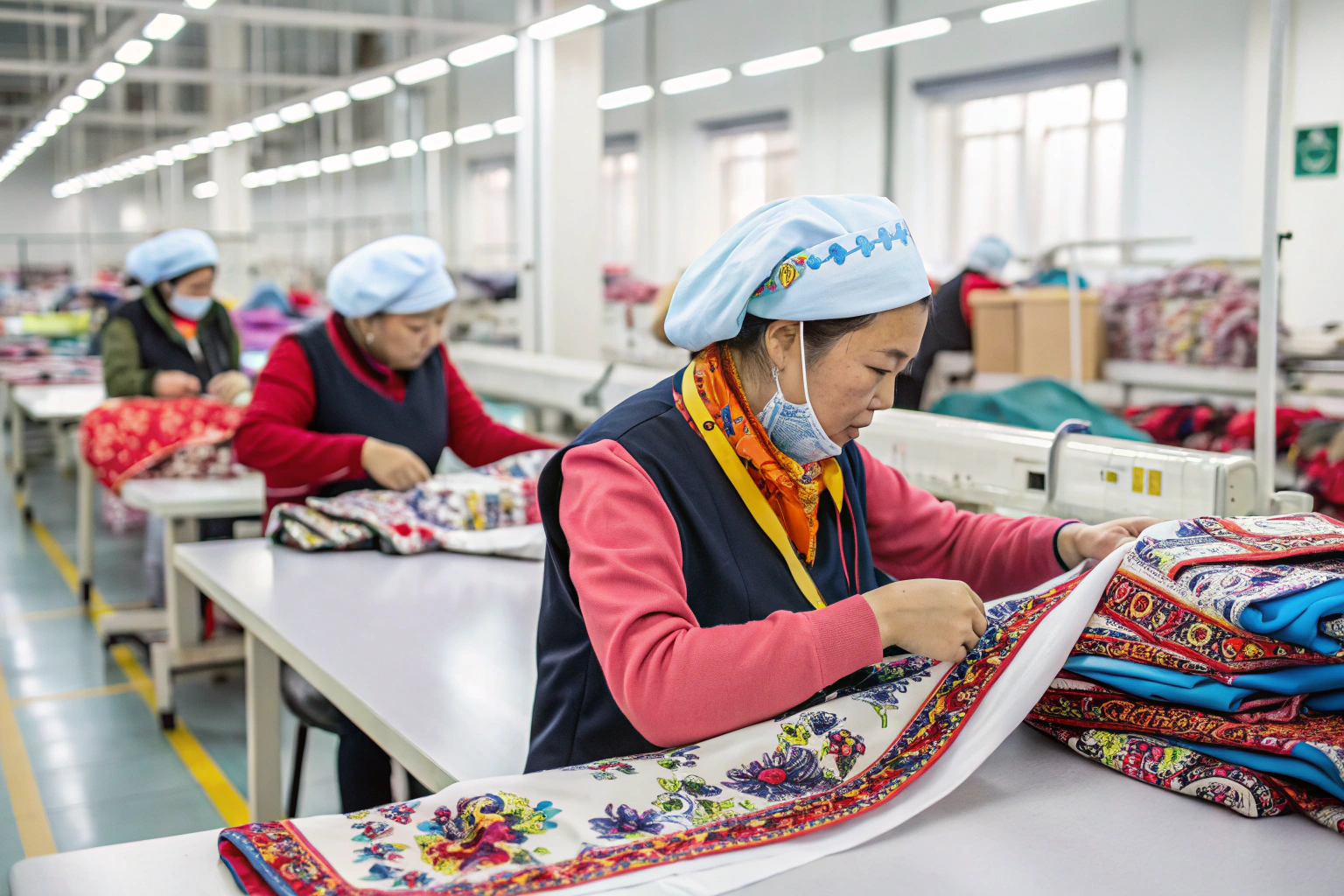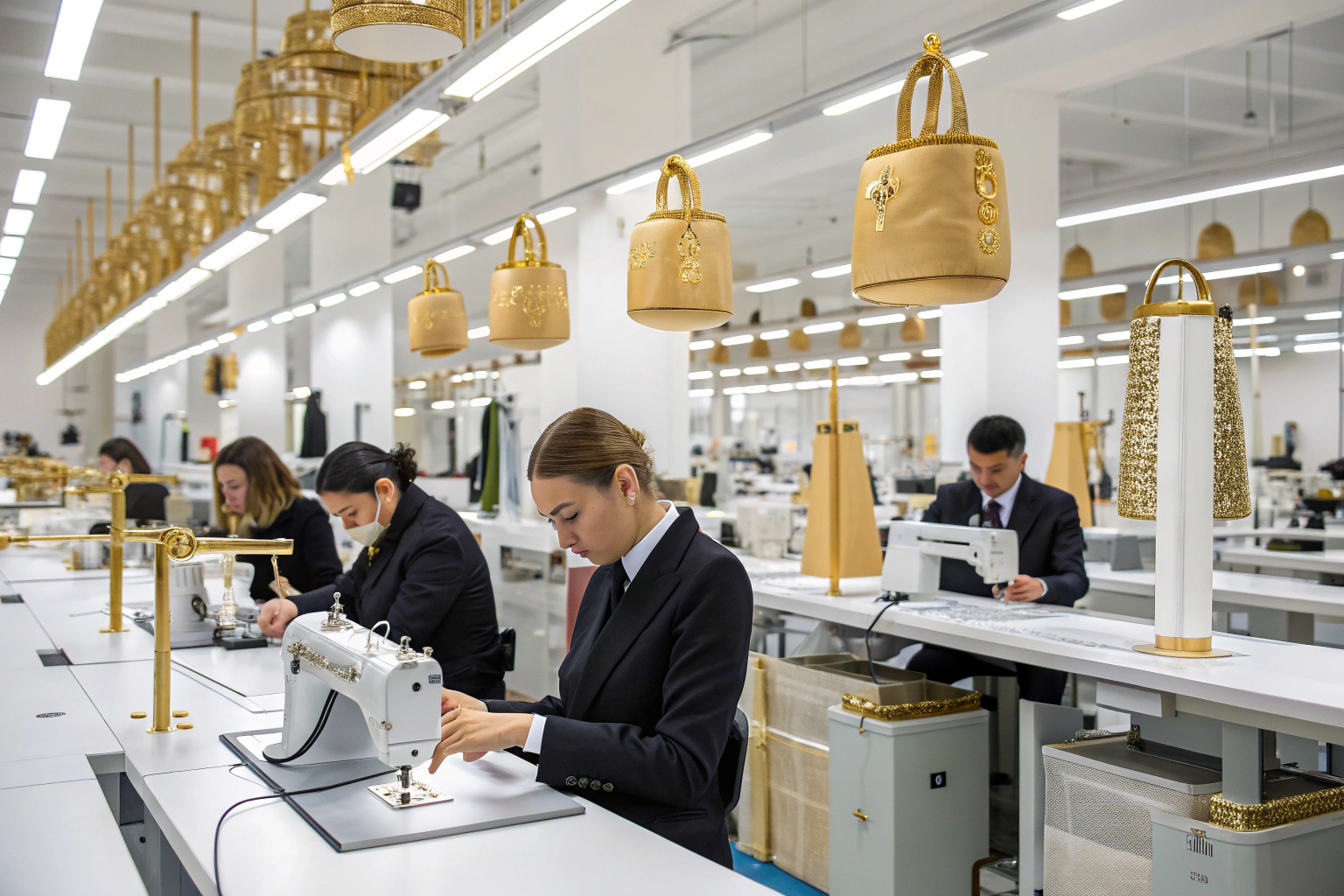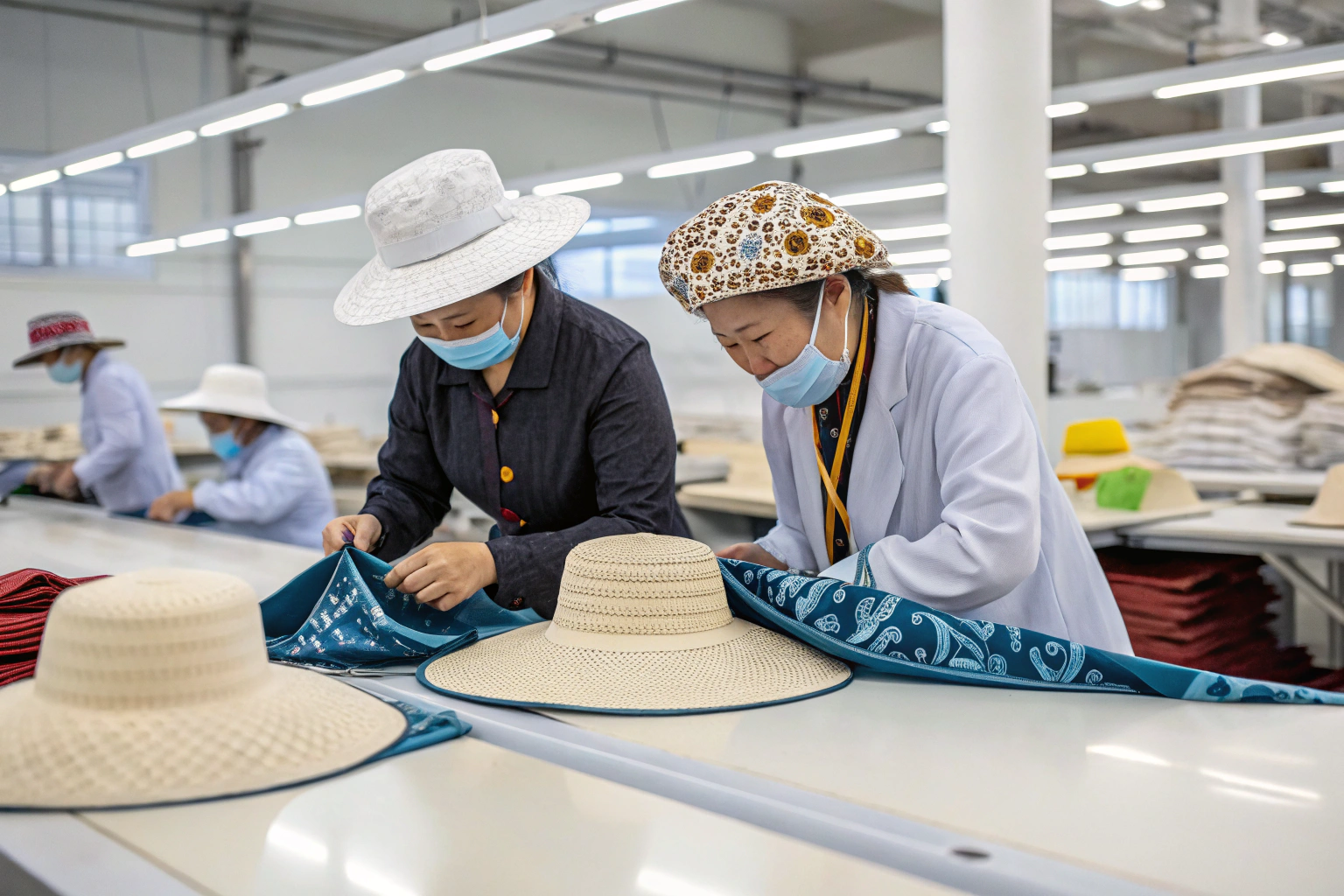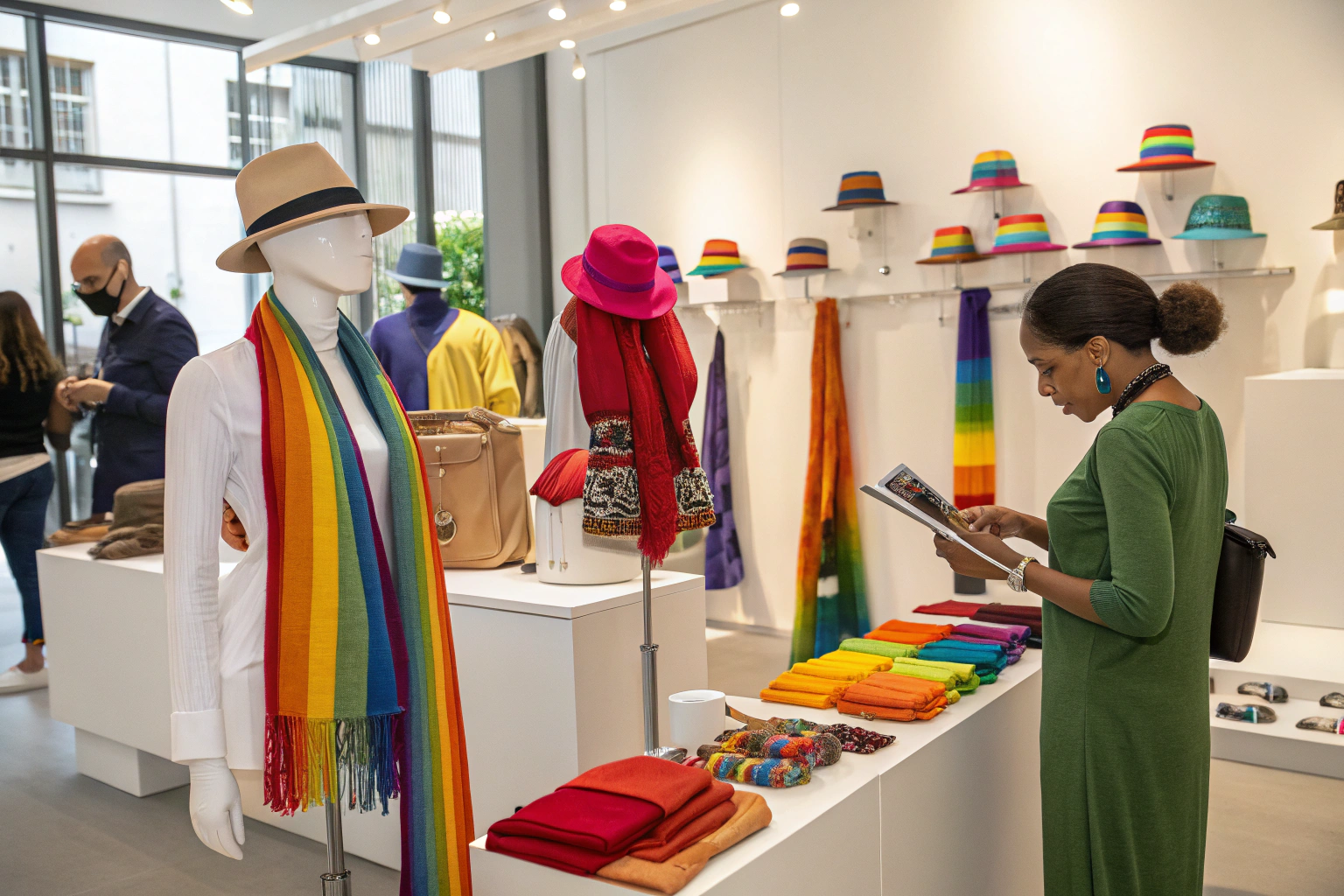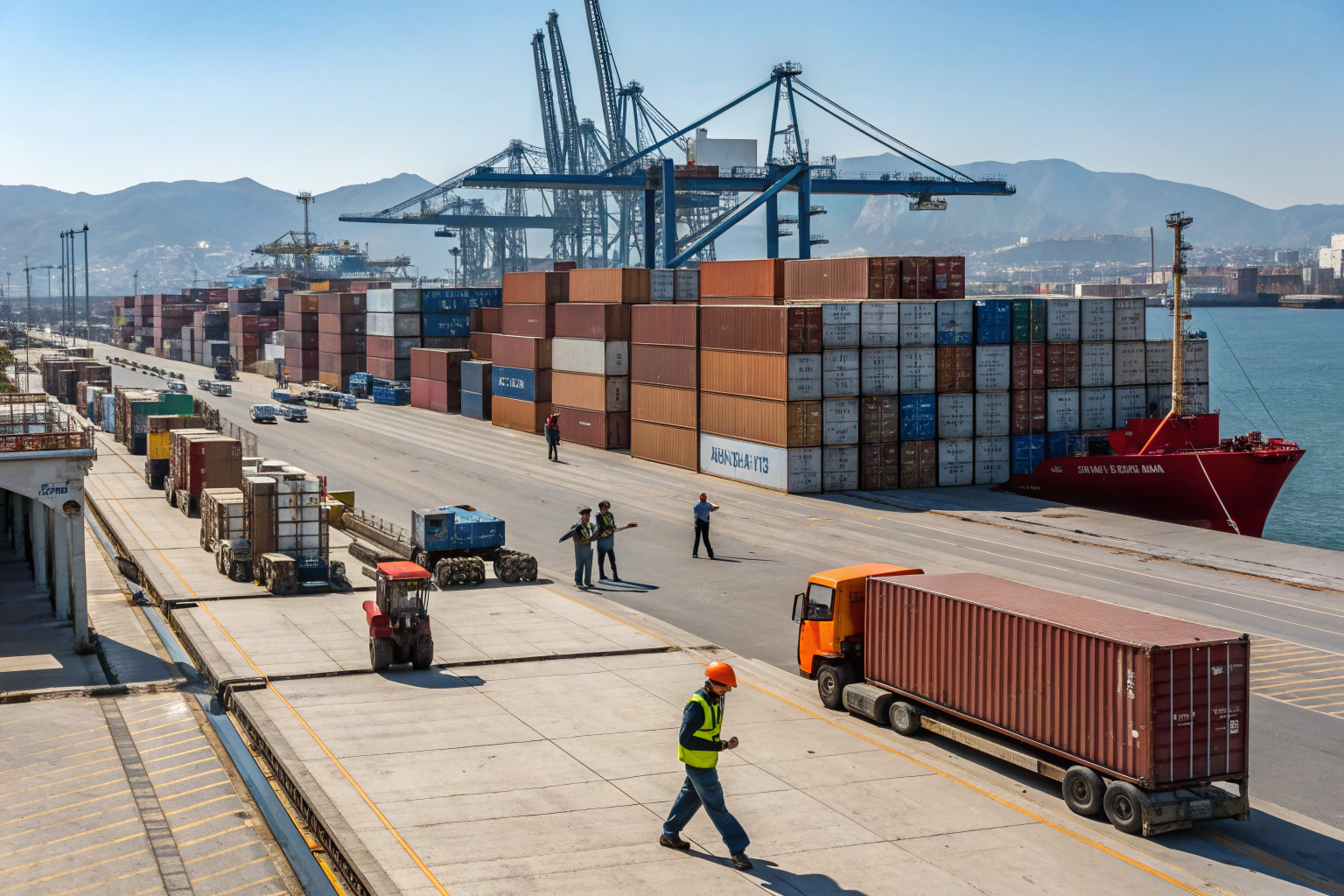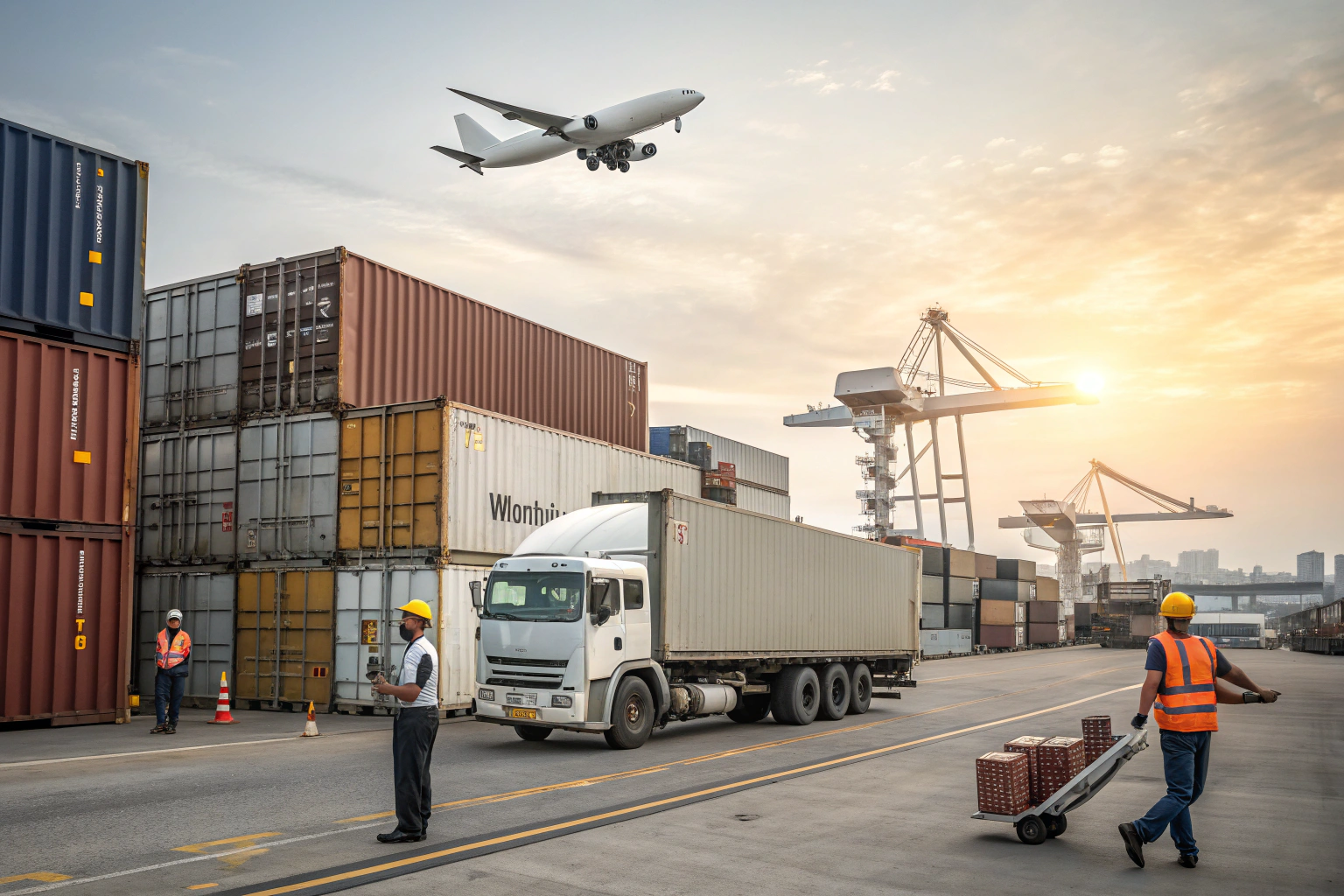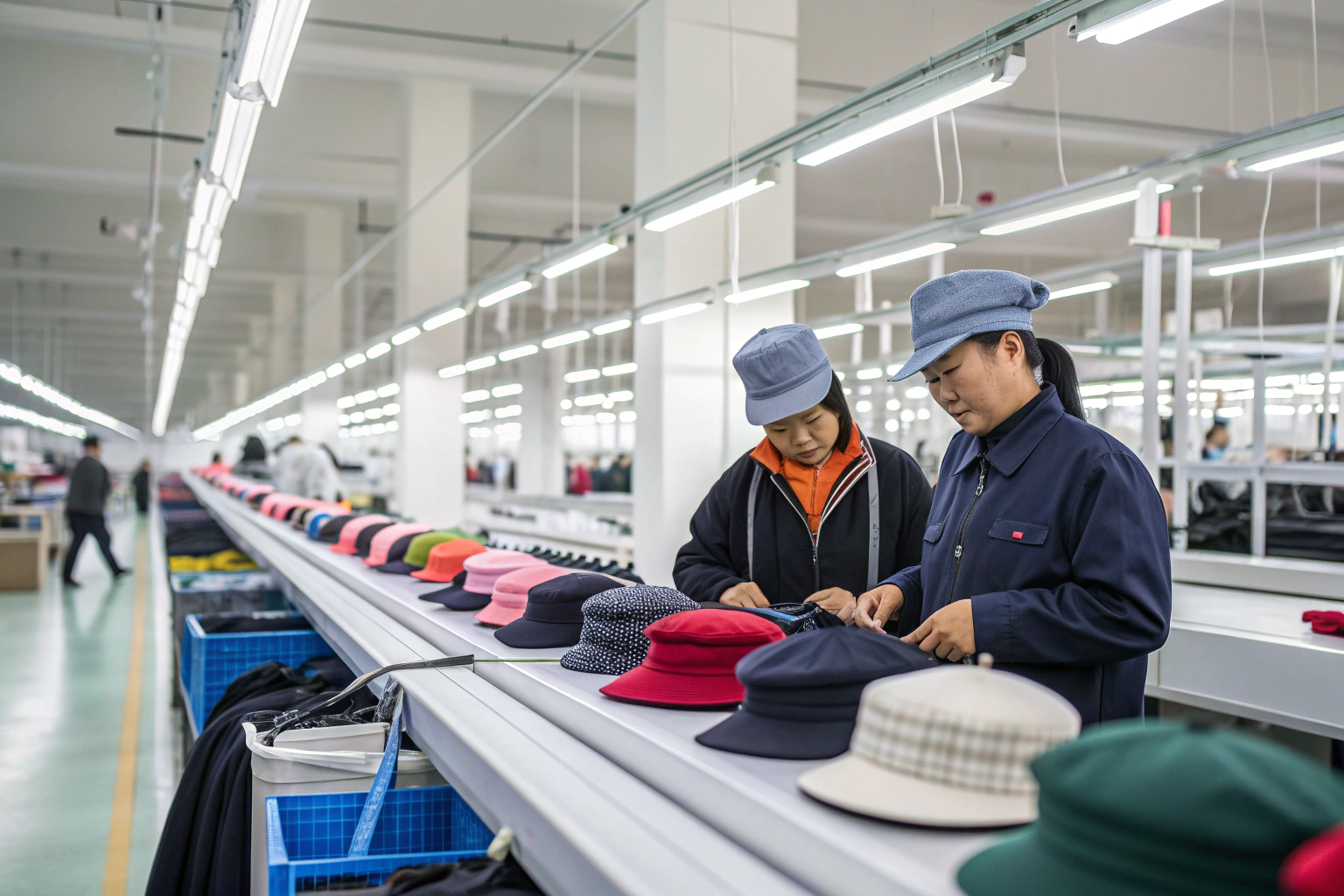You've nailed your accessory design. Production finished on time. But then your shipment hits customs—and stalls. Days turn into weeks, and your shelf-ready timeline slips.
Efficient customs clearance ensures your accessories move smoothly from port to shelf, minimizing delays, cutting storage costs, and keeping launch schedules on track.
At AceAccessory, we work with freight partners to streamline clearance across air and sea shipments, helping clients avoid surprises at the border.
What happens after export customs clearance completes?
Export clearance is just the first step in a two-border journey. Once your goods leave China, the clock starts ticking toward import and delivery.
After export customs clearance, your goods board their assigned vessel or plane, depart the origin country, and proceed to destination import clearance. Delays at any point can affect final delivery.
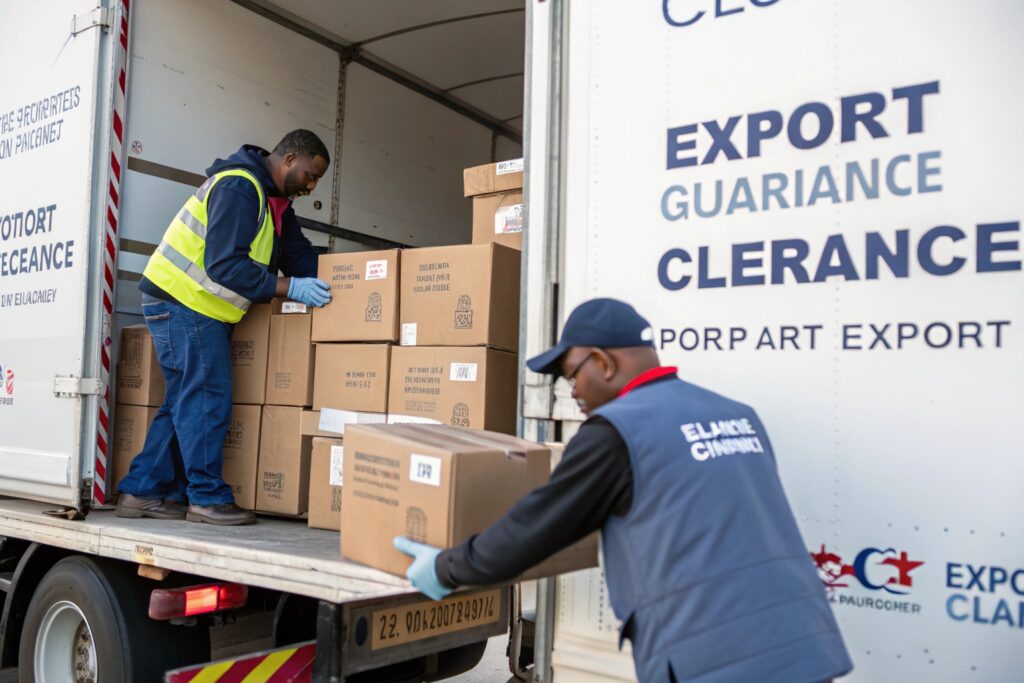
What’s the typical export clearance-to-arrival flow?
Here’s a simplified timeline for sea shipments from China to the U.S.:
| Step | Time Estimate |
|---|---|
| Export customs clearance | 1–2 days |
| Cargo loading | 1 day |
| Transit to destination port | 15–30 days |
| Import clearance (U.S.) | 1–5 days |
| Final delivery | 1–3 days |
For air shipments:
- Transit time: 5–10 days
- Import clearance: 1–2 days
- Final delivery: often within 24–48 hours post-arrival
We always track both export and import milestones, so clients know exactly where their goods are.
Why is post-export tracking still important?
Because export clearance doesn’t guarantee smooth sailing. Your cargo could face:
- Port congestion
- Vessel rollovers (delays to next sailing)
- Airline space shortages
- Transshipment errors
That’s why we include live tracking links and customs alerts in every shipment report.
How long does it take for something to arrive after clearing customs?
Clearing customs is a green light—but how fast the goods arrive depends on local delivery, customs release timing, and warehouse processing.
After clearing customs, goods can be delivered within hours (for express) or days (for sea shipments). Final arrival time depends on clearance method, import port, and delivery destination.
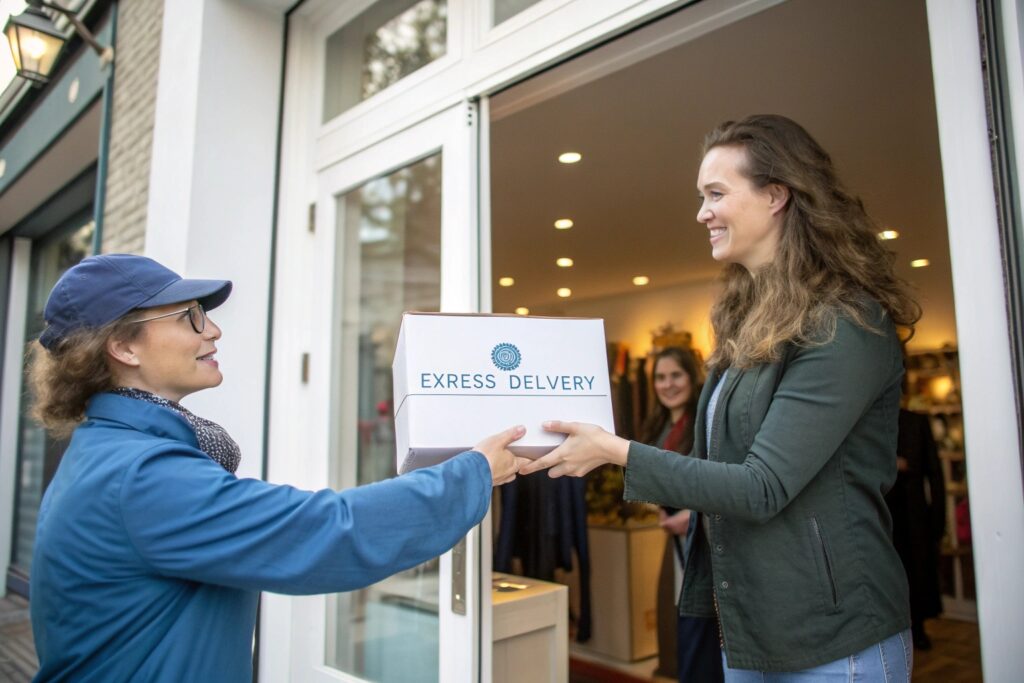
What are the average post-clearance delivery times?
| Shipping Mode | Customs Release to Final Delivery |
|---|---|
| Express (DHL/UPS) | Same day or next day |
| Air Freight | 1–2 working days |
| LCL Sea Freight | 3–5 working days |
| FCL Sea Freight | 2–4 working days |
We work with last-mile couriers and bonded warehouse partners to expedite handoffs after clearance. Clients receive delivery ETA notifications within 24 hours of release.
What slows down delivery after customs?
- Missing receiver info – Delivery blocked until corrected
- Duty unpaid (if DDU) – Delays while awaiting payment
- Warehouse backlog – During peak seasons, delays in unpacking
- Remote delivery zones – Adds 1–2 extra days
To speed things up, we always label cartons clearly and provide commercial invoices in advance.
What does your shipment may be impacted by customs?
Even compliant shipments may be “impacted” by customs checks—causing delays, reclassification, or paperwork requests.
Your shipment may be impacted by customs if documents are unclear, values look suspicious, products resemble regulated items, or it’s part of a random inspection batch.
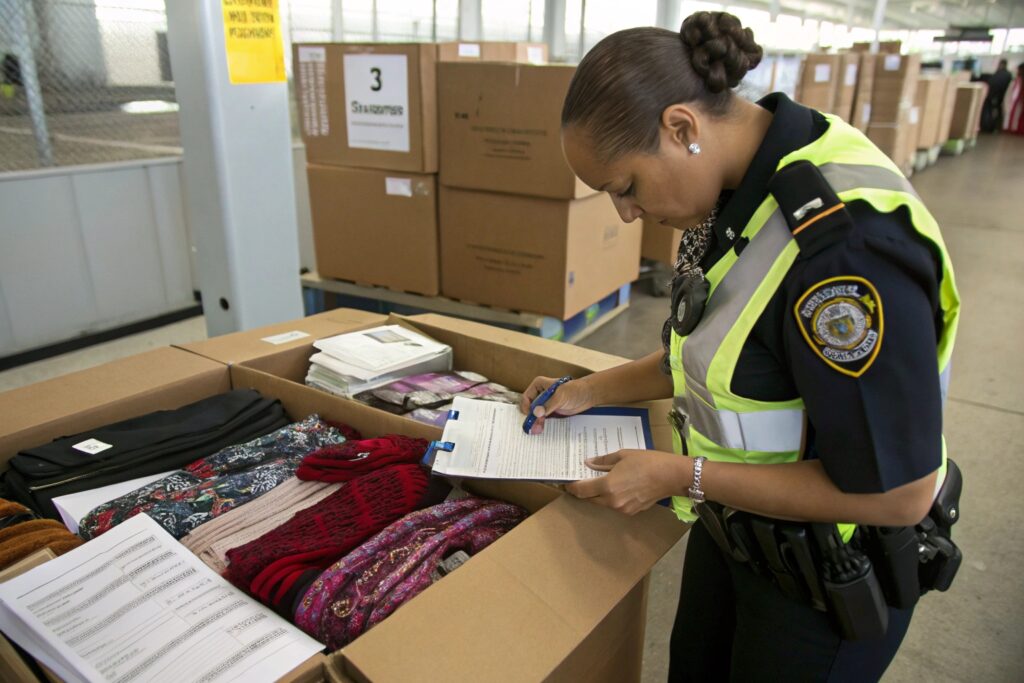
What types of accessories often trigger customs attention?
- Plastic items with unclear HS codes
- Children’s products lacking safety declarations
- Items declared under $2/unit without explanation
- Packages labeled generically like “gift items” or “samples”
We avoid these by:
- Using full product names (e.g., “Resin Hair Clip with Metal Spring”)
- Declaring HS codes supported by prior rulings
- Including product photos in customs packet
- Preparing a packing list with SKU-level detail
How do you respond if customs impacts your shipment?
- Step 1: Identify the issue (request, inspection notice, duty reassessment)
- Step 2: Provide documents immediately—invoice, product specs, origin certificate
- Step 3: Work with your broker or forwarder to respond
We handle all three internally. For DDP orders, our clients never speak to customs—we do.
What does customs clearance delay?
Delays in customs affect more than shipping. They can derail product launches, break retail contracts, and cause downstream costs.
Customs clearance delays can impact warehousing, shelf date commitments, promotional calendars, and retail compliance windows.
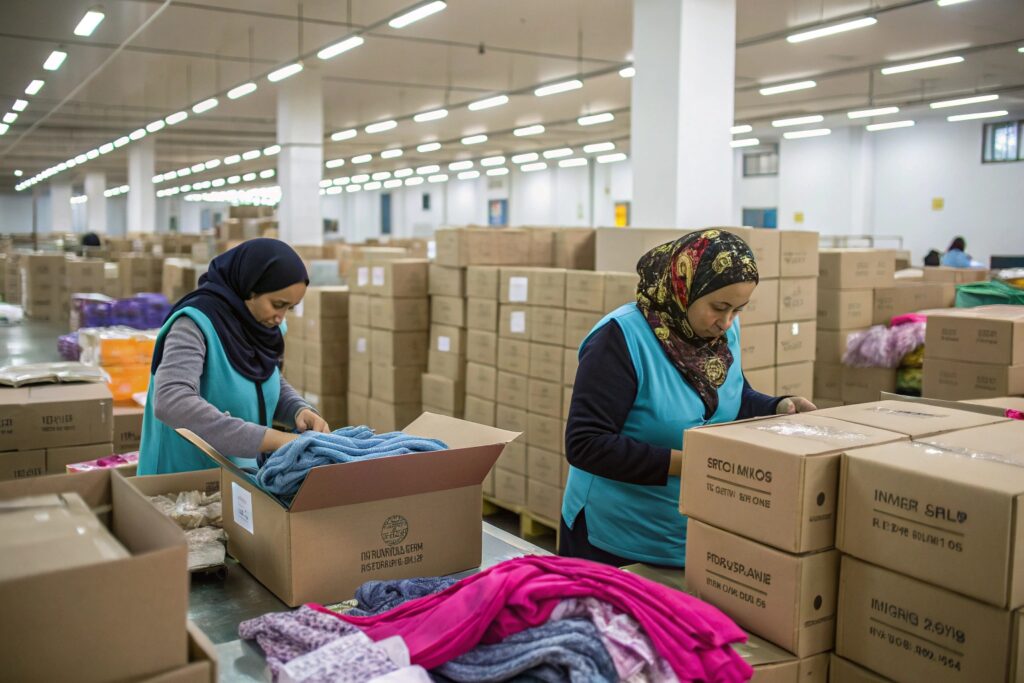
What happens to your business when clearance is delayed?
- Missed shelf windows – Especially for seasonal collections
- Late retail delivery penalties – Large chains may fine for delays
- Rush freight fees – Switching to air after sea delay
- Inventory pile-up – Other SKUs arrive early but can’t be sold without full sets
One buyer told us a 7-day delay in scarf shipments meant their holiday retail window closed. They had to discount items by 40%—just to move them in time.
That’s why we:
- Start clearance prep before goods depart
- Use customs brokers who specialize in fashion and accessories
- Share pre-alerts with clients for each port of entry
How can importers reduce clearance delays?
- Provide complete commercial invoices (English + value breakdown)
- Use consistent HS codes across all documents
- Avoid “mixed goods” declarations
- Choose DDP terms if you want the factory to handle everything
At AceAccessory, our clearance pass rate exceeds 98% for first-time shipments. That’s how we keep your delivery—and your launch—on track.
Conclusion
Smooth customs clearance isn’t just about avoiding delays—it’s the final piece that gets your accessories on the shelf, on time, and in full. With the right documents, partners, and planning, you can turn a global supply chain into a seamless delivery system.



